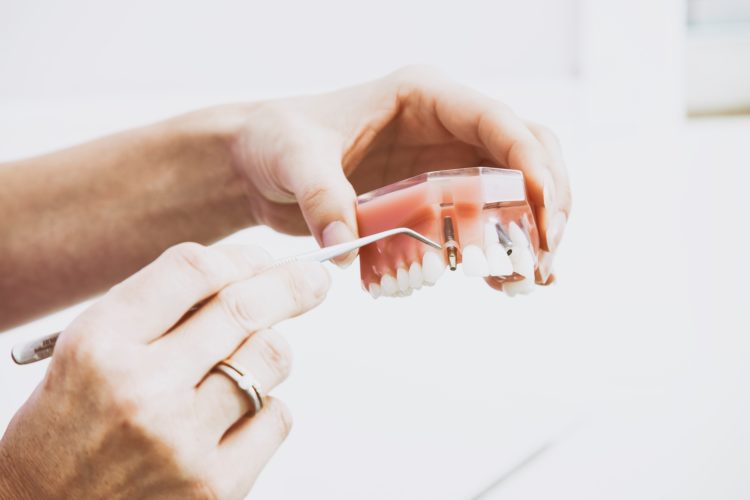Understanding the Dental Implant Process

Dental implants are a revolutionary way to replace teeth, and many dentist are beginning to turn to them as a standard means of doing so. Many people are familiar with the basic concept of a dental implant, but few actually know the specifics or what actually occurs during the treatment process. Here is a start-to-finish guide to a relatively routine implant placement process.
Step 1: Site Preservation/Alteration (if necessary)
In some cases, there may not be enough bone in an area that a dental implant is to be placed. In these cases, there are certain procedures that can help increase the volume and density of bone, making implant placement possible. Not everyone will need procedures such as these.
Step 2: Implant Placement
The second step is placement of the implant itself. The implant is a metal or titanium screw that is placed in the jawbone in an area where a tooth is desired. Once in place, the screw is the same height as the gum and does not protrude into the mouth. For the next 4-6 months (yes, months), the screw must undergo a process known as “osseointegration,” whereby it fuses with the bone, making it very strong.
Step 3: Crown Placement
Once the implant is adequately fused to the bone, the crown can then be placed on top of the post, thus completing the implant and providing a brand new, highly aesthetic, highly functional tooth.
Understanding the Dental Implant Process
There are nuances to this general guide, however. For instance, in select cases an implant may be able to be placed immediately after tooth extraction, whereas most patients will have to wait a certain amount of time following tooth extraction prior to implant placement.
Other scenarios may involve implants that are meant to support a full denture. In this case, crowns are obviously not placed on the implants, rather a denture is made to snap on to tiny post extruding from the gum. Denture fabrication has its own unique stepwise process, but it is relatively simple once the implants are in place.
Related>>> Understanding the Safety of Tooth Whitening
All in all, dental implants are a wonderful treatment for replacing missing teeth. Despite the fact that there is somewhat of a time investment, in the end they are still the best tooth replacement one can get.






No Comment